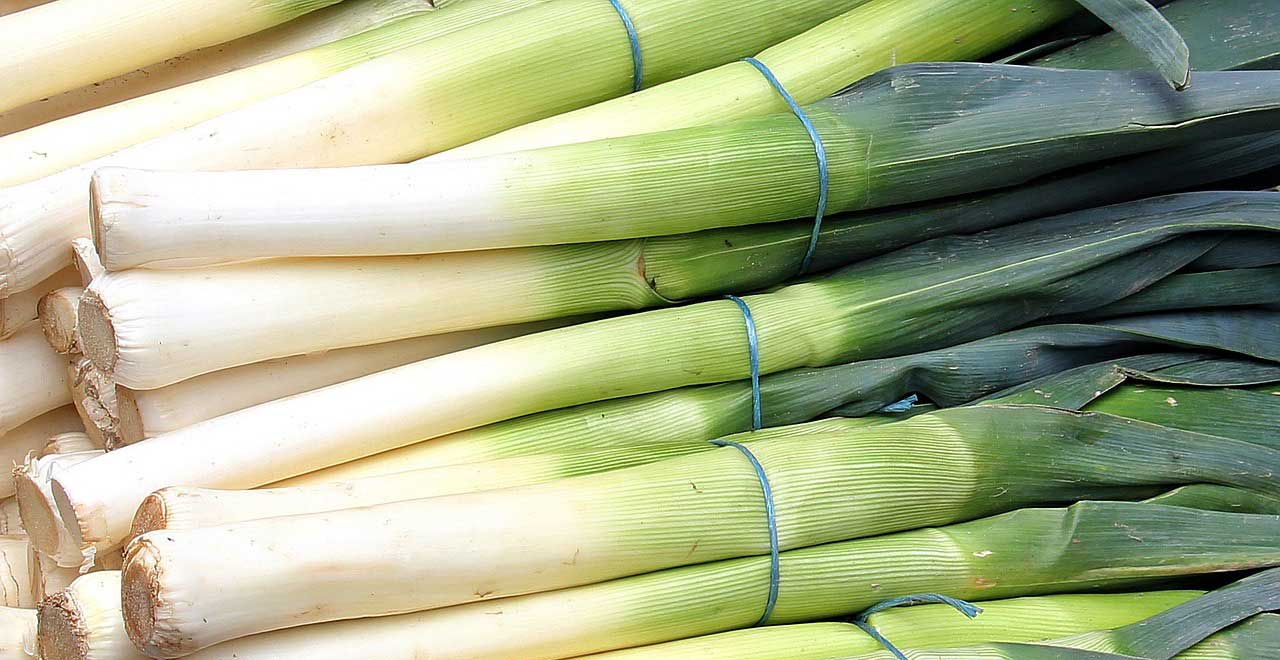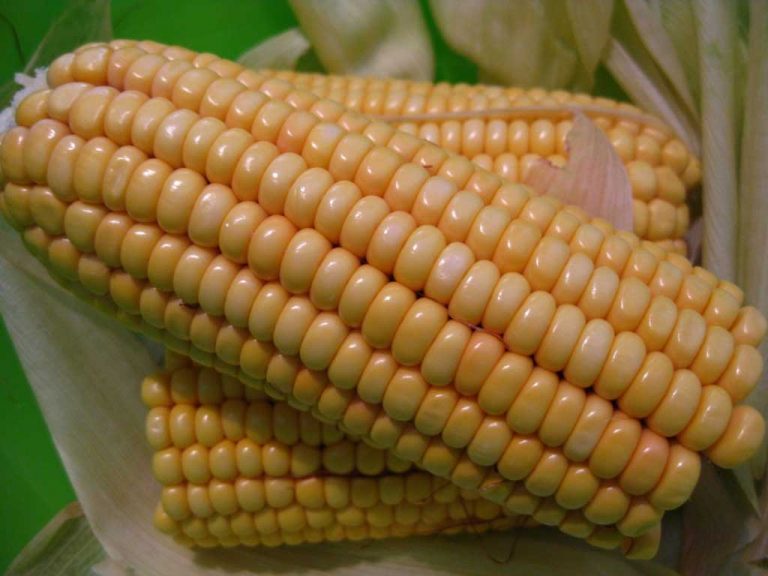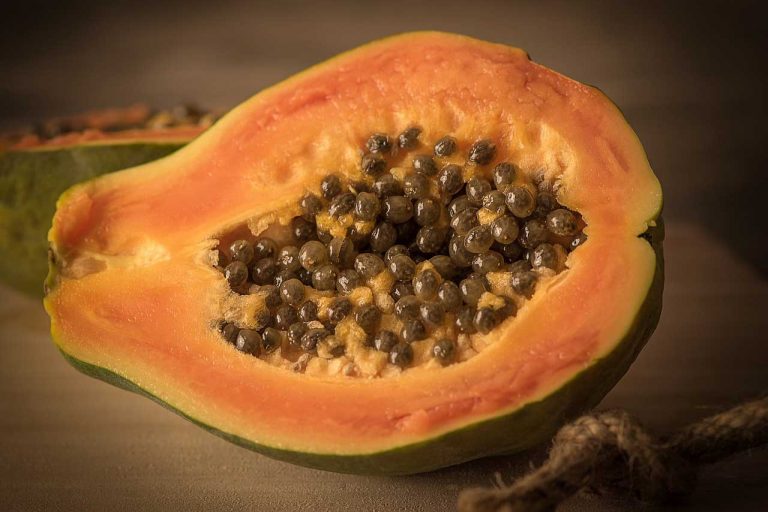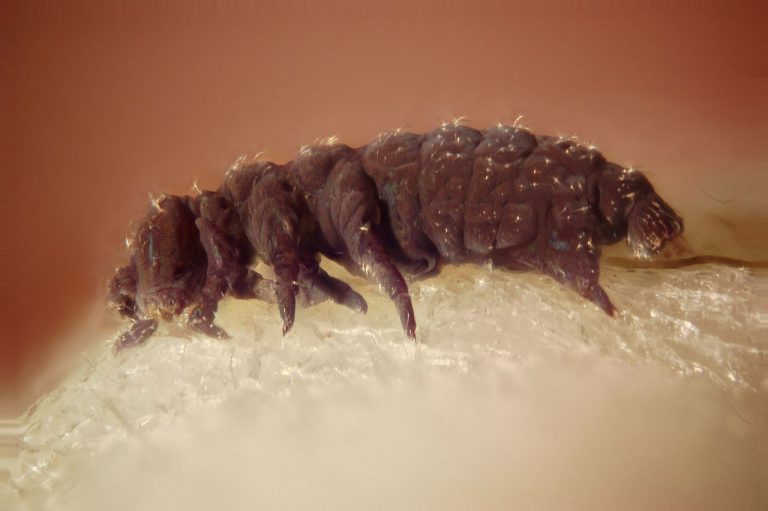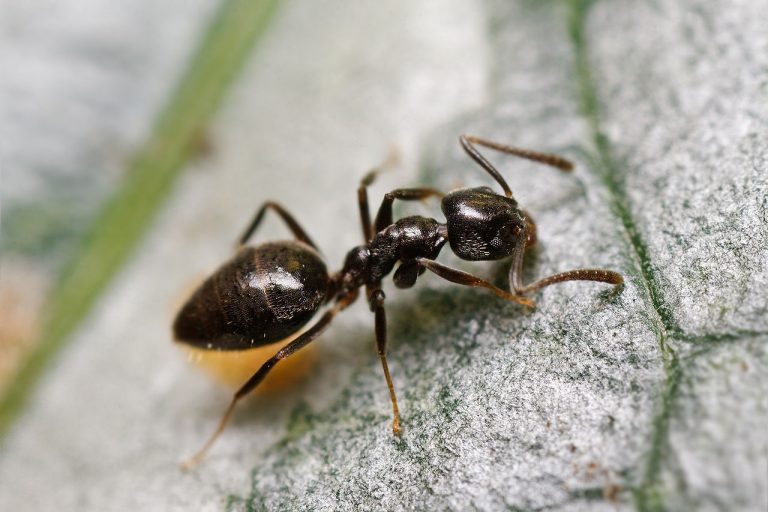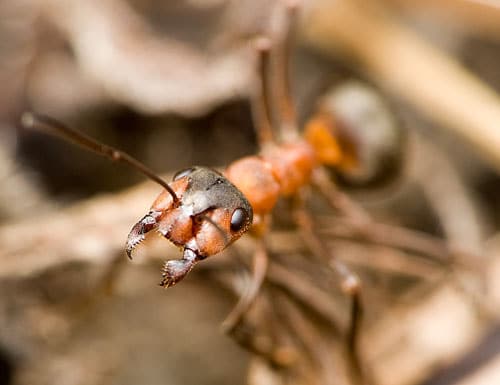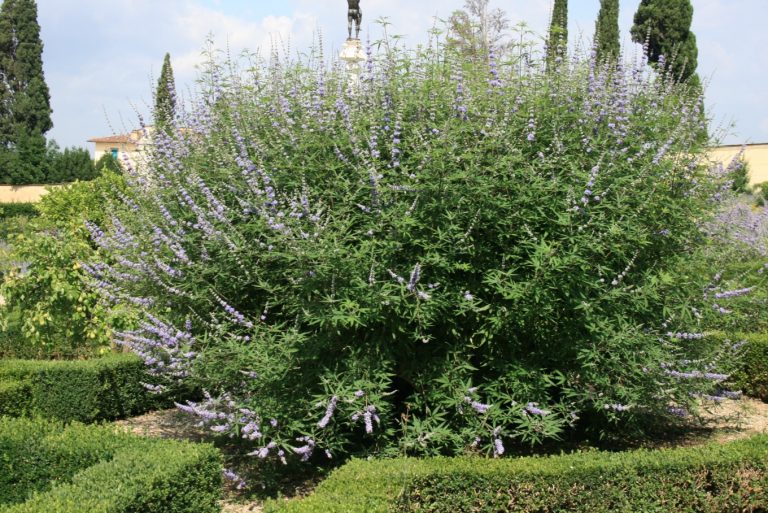Leeks
Being a part of the Allium family, like onion, garlic, shallots or scallions, leeks fall under the category of Amaryllidaceae and sub-category of Allioideae. Along with elephant garlic or Kurrat, leeks belong to the family Allium ampeloprasum.
Anatomy
Leeks or Allium porrum, usually appear like huge scallions, bearing a tiny bulb, and elongated whitish cylindrical stem of overlapping tiers that reach the green, intense smooth leaves. Leeks, reaped for commercial purposes are approximately 12 inches long, and 1-2 inches in diameter with a unique, profound aroma, similar to shallots.
Habitat
The original homeland of leek is Central Asia and Europe. Romans and Greeks largely appreciated it for its unparalleled effect on throats.
GROWING AT HOME
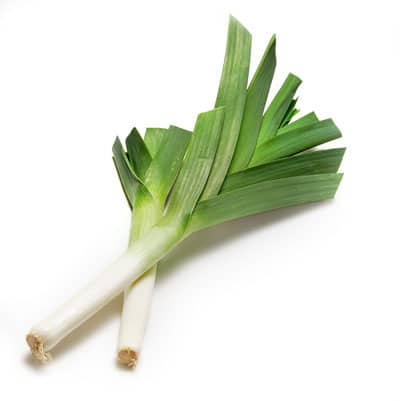
Soil for Planting
Ample amount of water and nitrogen content of soil facilitates leek cultivation. Enrich the soil using organic fertilizers or composts a season or at least a few days before planting.
Planting
A well-drained, luminous, fertile spot (traditional or raised garden beds or tall container) is ideal for sowing the leek seeds. You should dig a ditch about 6-8 inches depth for planting the seedlings, and cover it with the layer of soil up to the base of the tiny leaves.
Watering
Leeks show symptoms of uneven growth, rigid stems and coarse taste, if they lack supply of moisture; hence watering the beds at least twice a week is mandatory. Once the plants start growing, they need at least 1 inch of watering per week through rains or irrigation. Throughout the growing season, using fertilizers and liquid plant foods will benefit the leek plants.
Temp and Humidity
Leek grows best in temperatures around 60-65 F.
Care
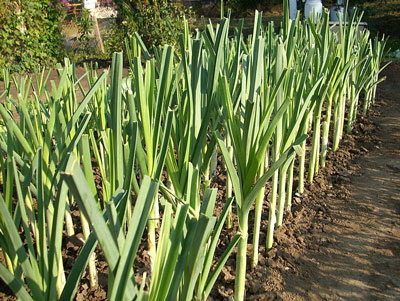
Mulch the soil bed, using organic fertilizers or straw, after sowing the seedlings, to keep the soil hydrated. Soak the seedlings in liquid fertilizer, and make a mound of the soil around the stems in the trench when the stems are about 1inch thick.
Remove weeds from the soil beds, and cover the seedlings while planting, with the aid of a floating row cover and seal at the edges with the soil, in order to rid the plants of adult onion maggot. As soon as you see rusty or silvery streaks on, the leaves, it is the time to rid the leaves of the pests by washing with water.
Pest and Pesticides
Slugs are real threats to young plants. Use traps or biological controls.
The leaves might rot, (white spots on the tips of the leaves) if there is ample rain during early spring or winter. Pull the rotten plants out, and improve air circulation by thinning the planting density.
Appearance of orange pustules on the leaves, during summer signifies leek rust. Clear off the affected leaves and manure them later.
Harvest Month and Storage
You can harvest the leeks anytime. Ideally, wait until they turn 1 inch or a little larger in diameter if want to obtain white colored stems. A spading fork makes the task easier to spread the soil and pull them by grabbing the base.
In order to store them for about one week, use airtight plastic bags and put them in refrigerator. For storing it longer, harvest leeks along with the roots. Trim the leaves till one inch of green remains on the leaf. Put the stalks in a moist box, with the root side facing downwards, and cover with clear sand, vermiculite or sawdust and place it in cool place. This way, you can store it up to 8 weeks.
You can freeze leeks by:
Washing, chopping and blanching as long as a minute in steaming water.
Draining the water, drying the leeks, and then storing in plastic bags and placing in a freezer. You can use the frozen leeks in soups or other dishes.
Varieties
‘Carlton’ AGM: Fast growing leek seeds, whose stems you can pluck by September-November.
‘Pancho’ AGM: Long crispy white stems that mature fast, having the ability to resist rust.
‘Apollo’ AGM: You can harvest this form of leeks during December. They bear blue-green leaves capable of resisting rust.
‘Toledo’ AGM: You can cultivate Leeks, bearing intense blue leaves and long stems during the later seasons and pluck during late November-February.

Having discovered a fondness for insects while pursuing her degree in Biology, Randi Jones was quite bugged to know that people usually dismissed these little creatures as “creepy-crawlies”.

